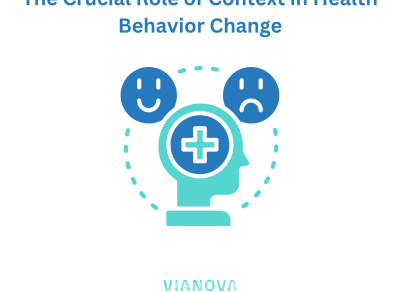
The Mistake of Information Overload
This week I wanted to dive a little deeper into the concept that information does not lead to action.
Wendy Wood, a world renowned psychologist and researcher, has spent years researching behavior change and how information influences changes. Wood and her colleagues conducted an experiment in which they provided information about the health benefits of climbing stairs. They placed educational posters in and around an elevator encouraging the use of stairs over the elevator by describing the number of calories burned by taking the stairs.
Despite this information, the researchers found that elevator usage did not decrease significantly. In one case, the researchers increased the time it took for the elevator doors to close from 5 seconds to 16 seconds. The result was a 33% reduction in elevator trips. A week later, researchers decreased the time from 16 seconds back to 5, yet a majority of the staff continued to take the stairs. Information did not lead to behavior change, environmental design did.
Newly diagnosed chronic disease patients are overwhelmed with the stack of documents they receive when they are first diagnosed. This information overload actually hinders patients from changing their behavior. A study by Finkelstein, Allard, and Farquhar (2004) found that patients who received a large amount of written information about their health condition were less likely to recall the information and less likely to take action based on the information. Another study by Morisky, Green, and Levine (1986) found that patients who received detailed instructions on how to take their medications were less likely to comply with the regimen compared to patients who received simpler instructions.
Simplicity is key when trying to communicate information in a way that will lead to behavior change. Working with patients to develop one micro-habit, provide bite-sized information over multiple touchpoints, celebrate and reward small actions is an approach that works more successfully over the long term.
Vianova has spent years developing the Start, Stick, Stretch sequence that has helped chronic disease patients develop healthy habits. First, patients solidify their Start with one micro-behavior, which gets patients to Show Up, and begin their new behavior. Once they have solidified their Start, we work to help those new behaviors Stick, creating greater habit consistency and resilience, as well as helping them recover when they skip their new routine.
For more information on how to help your clinical team use behavior science or behavior design to impact outcomes, please contact….




FEEL FREE TO DROP US A LINE.